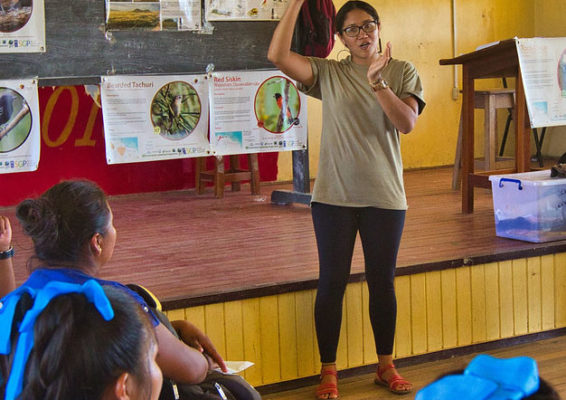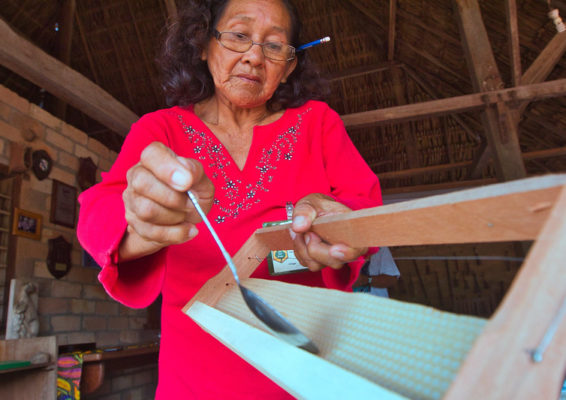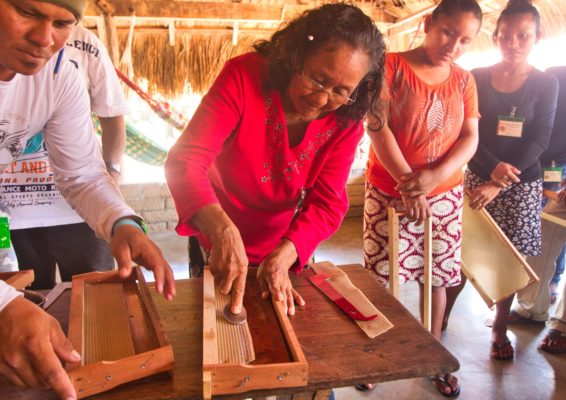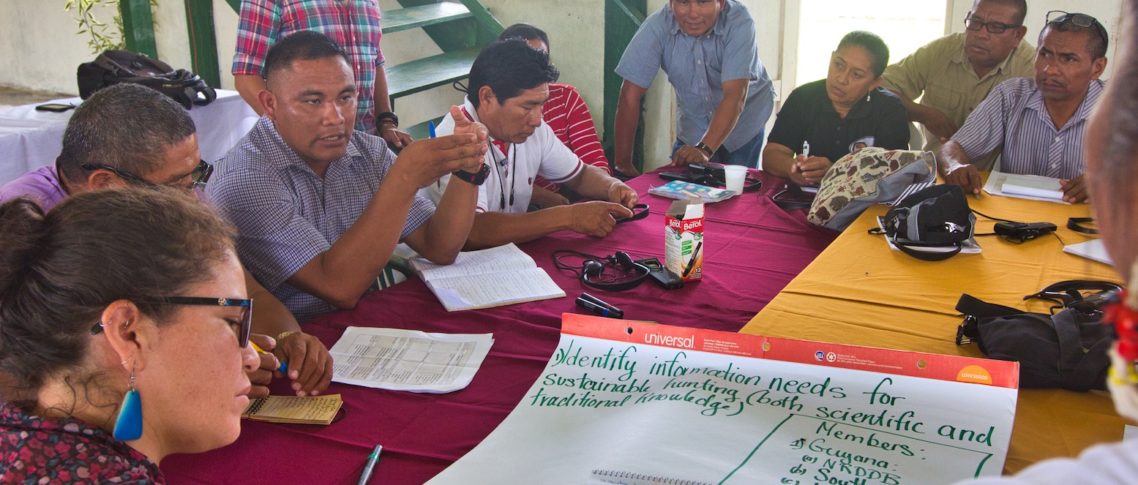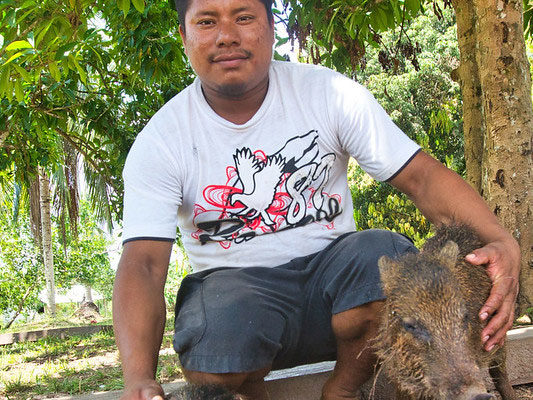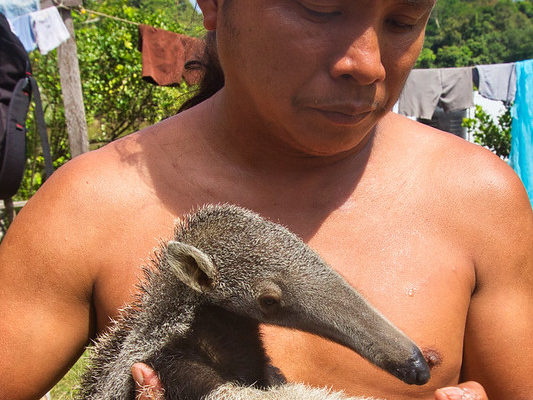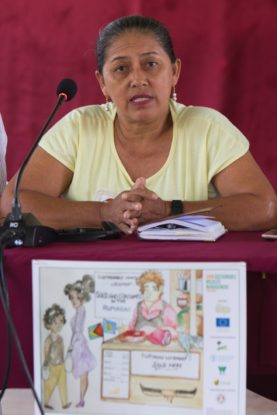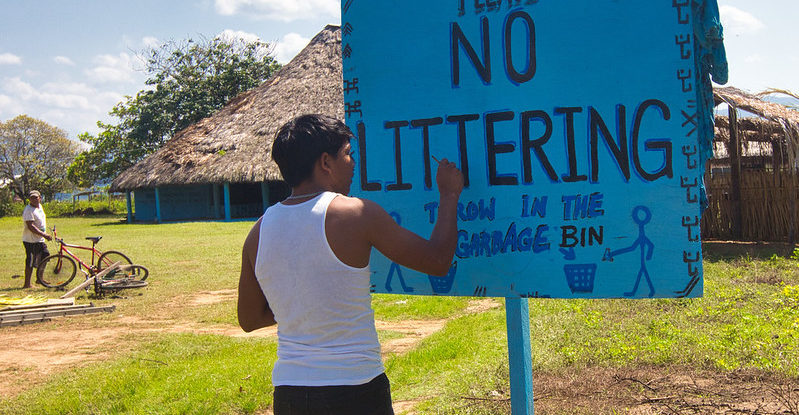
If you drive along a rural road in Guyana’s southern Rupununi region at night, your headlights are likely to pick out a caiman waddling across the road or a couple of foxes bounding ahead of your vehicle.
Most roads in the area are unpaved, and traffic is light, so relatively few animals are killed by vehicles. But that rate could rise in the near future. Guyana is poised for a cascade of changes that could have dramatic impacts on the Rupununi landscape, its wildlife and the people who depend on fish and wild game for food.
In 2020, the country is set to begin offshore oil production, which is expected to triple the gross domestic product in a nation with fewer than a million inhabitants and no paved highways. Government officials have pledged to use some of the money to upgrade infrastructure.
Even before the oil bonanza loomed, plans were afoot to pave the road from Lethem, on the Brazilian border in the Rupununi, to Georgetown, the capital on the Caribbean coast. A paved road will make travel much easier and increase access to markets, but increased traffic and larger vehicles could also result in more road kill.
Expansion of the road network and paving of the highway, which crosses part of the Rupununi’s huge, seasonally flooded wetland, could disrupt the region’s rich fisheries and other wildlife habitats unless well-designed plans are in place, local community leaders and other experts say.
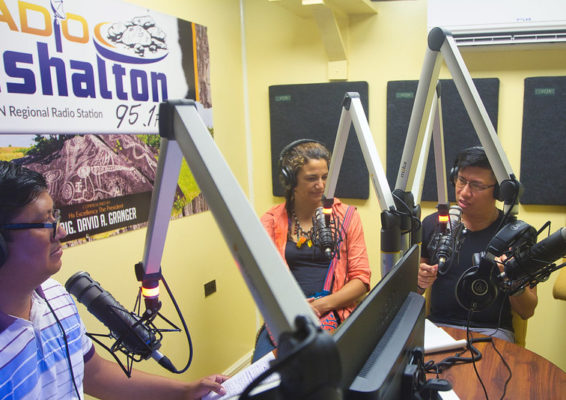
“I think we will be seeing many changes in the next few years,” says Nathalie van Vliet, site coordinator of the Guyana branch of the Sustainable Wildlife Management (SWM) Programme, which is working to improve the conservation and sustainable use of wildlife in forest, savannah and wetland environments in 13 countries.
To help communities and policy makers plan and prepare for those changes, SWM-Guyana is working with villages and local organizations to develop and implement plans for managing fisheries and wildlife. The program is also providing support for projects aimed at promoting alternative livelihoods through wildlife-based tourism and livestock improvement, as well as environmental education for schoolchildren.
“There’s evidence that the landscape is changing very quickly” because of factors that include population growth, increased connection to markets, changes in hunting and fishing techniques, and climate change, van Vliet says. “A lot will depend on transformations in the economy and cultures in the Rupununi and how people manage their land.”
Varied landscape, varied uses
The southern part of the Rupununi region is an expansive savannah dotted with forest patches known as “bush islands” and bordered by wooded mountains. In the north, a large wetland floods annually, creating a rich fishing ground.
The region is known for its wildlife, including jaguars, giant anteaters, giant otters, caimans and the brightly colored and endangered red siskin (Spinus cucullata), which draws birdwatchers from around the world.
Rupununi residents depend on wildlife for their livelihoods in various ways. More than half of all households depend on fish as their main source of protein. Eight out of 10 rural residents and almost all indigenous residents also report eating wild meat regularly. There is also a growing nature tourism industry centering on visitors interested in seeing the region’s birds and animals, but poised to expand into other types of adventure tourism.
